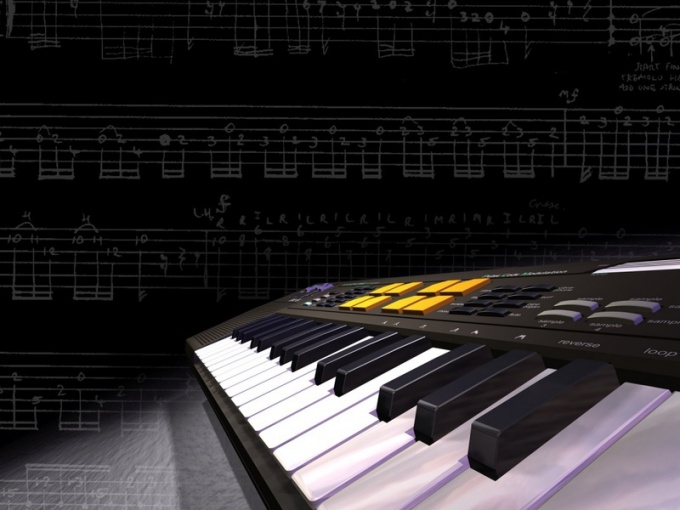Instruction
1
Before you set up the synthesizer turn it on. First, connect to the mains power supply, then the cable to the disabled (!) track mixing console with gone to minimum sound. Before you press the power button on the synthesizer , make sure that its volume is minimized. Volume adjustment occurs only after switching to synth, and the mixer lasts as long as possible.
2
After adjusting the volume, do some configuration samples. To do this, click the “Voice” (“Tone”) and focusing by the numbers the voices specified above the keys, start typing the number of the desired tool. Numbers and sets of instruments vary depending on models and brands, so focused on the user and intuition.
3
Set effects: echo, reverb, tremolo and so on. The button layout is responsible for the effects, too, depending on the model, but most often they are located next to the keys-numbers. Adjust the tempo of cremaschi and echo cancellation.
4
Setting the execution mode implies the use of additional tone active simultaneously (by pressing one key sound simultaneously with two instruments), split ("Split" – in English "split" the keyboard into two or more zones, which plays in a separate mode a particular tool mode allows auto accompaniment by pressing the chord to run almost a full arrangement of the preset rhythms and accompaniment, or create your own. Mode "single" is enabled by default and uses only one sample. Select the mode in accordance with the purposes.
5
In most cases, each musician before you can configure the synthesizer, exploring the tool empirically, and instruction is not always becoming a good helper. After the acquisition of the instrument start to experiment with it, press all the keys and buttons, turn all the levers and keep track of the results. Subsequently, any accident resulting effect can be used deliberately in varying composition.


